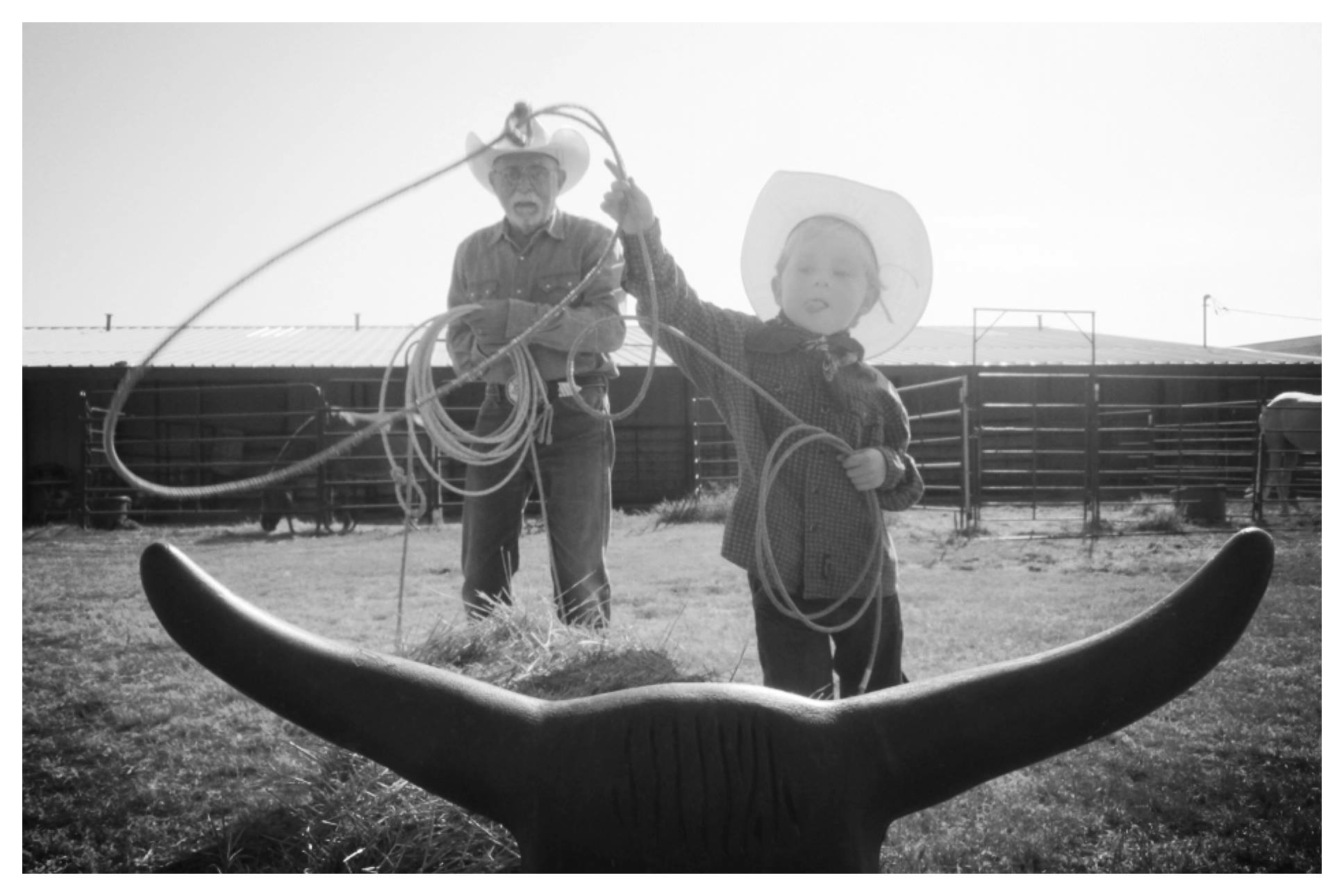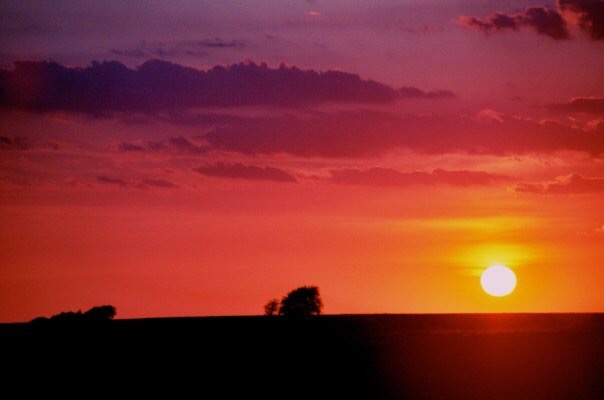HOME
The Natural Horseman, Steve Stevens
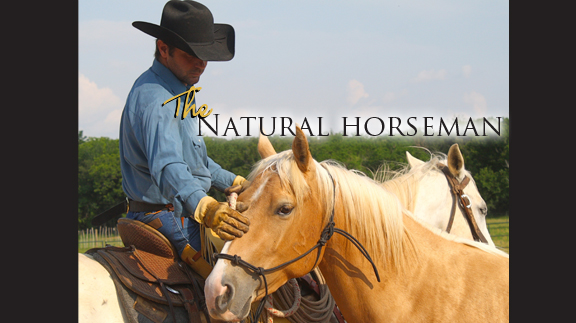
The last month has been interesting. My Dad came out for a surprise visit and to help out on the ranch, keeping me in line. We watched the Olympics and preseason football.
While he was here, Amanda found out her grandfather passed. Amanda went to the funeral in Scottsdale, A.Z., and took the kids with her.
I had to stay back to care for the numerous horses, dogs and cats. We have chosen a beautiful path in life. Our goals are to help horses and people and to raise our children with good moral values and provide for them.
When choosing this lifestyle, you give up a lot of things that people take for granted. The hours can be crazy. You might have to stay up with a horse all night long colicing, the weather can be burning hot, freezing cold, or everything in between and livestock still has to be watched and cared for.
You can’t always leave at a moment’s notice for a great party, vacation or even your wife’s Grandfather’s funeral.
We chose this life because we had a dream to wake up in the morning and watch the sun rise over our own horses. We wanted our children to appreciate a hard day’s work and to have a life with animals. We wanted to know that whatever money we earned, we worked hard for.
As we spend twenty-four hours a day with many horses, and we see how they interact amongst each other. We get to appreciate their personalities and their qualities.
My dogs don’t have to be walked on a leash and we can see the stars at night.
While Amanda was gone, the house was quiet, eerily quiet, uncomfortably so. I thought it would be a nice break, but the lacking sounds of kids running, screaming and crying made life feel empty.
I saw some beautiful sunsets and storm clouds roll in and out over a few days. But that can all feel bland without your family to share it with.
I got a lot accomplished, but towards the end of the week we got a lot of rain.
So Amanda and the kids came back to mud.
For us, because we are so far from the cities we were raised in, I think it took Amanda a while to regroup, as it had been a long time since she had been to where she grew up.
For the first time, she was able to take our children to places that she had experienced as a child.
I haven’t been home to southern California in at least three years. It is a funny feeling when your home you once had isn’t your home anymore. When you are raising your children somewhere other than where your family and friends are, it can be an unusual feeling.
But this was all a part of our master plan. We gave up what gave us comfort, to strike out on our own. What once was just a little adventure has become so much more.
Our dedication to horses and people went from a potential occupation to a lifestyle.
I’m not here saying it is all peaches and cream.
Making a living outdoors in Texas can be challenging for the toughest of people—heat, rain, ice, wind, hail, lightning, tornadoes and floods.
But we keep moving forward because of the blue sky, watching our horses be able to run more than ten feet for feed time, the Texan spirit, and people, and, yes, most of all the strong Texas people who have become our friends, partners, and mentors.
No one ever said this life would be easy, but no one also ever stopped us from chasing rainbows.
HOME
Farm and Ranch Injuries
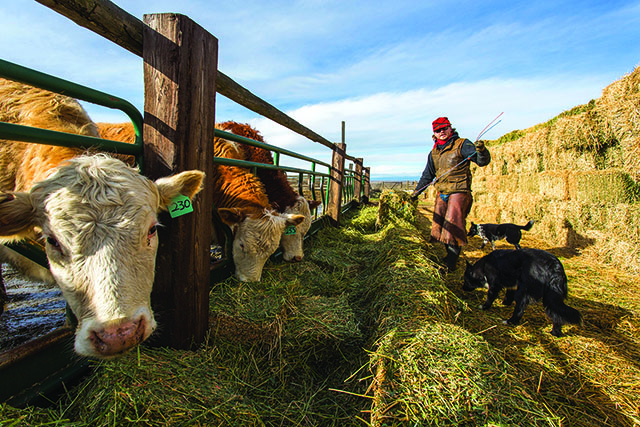
By Barry Whitworth, DVM
In January, I attended the Oklahoma Veterinary Conference. While waiting for one of the sessions to start, a classmate of mine commented how many of the attendees walk with a limp, used a cane, and/or have damaged hands. We all agreed that working with animals is hard on the body. In general, anything associated with farming and ranching is dangerous.
Most farmers and ranchers know that agriculture is a dangerous occupation. According to United States Bureau of Statistics, workers involved in agriculture, forestry, and fishing had the highest occupational fatality rate in 2022. The fatality rate of 23.5 per 100,000 full-time equivalent (FTE) workers for this group is much higher when compared to the overall occupation fatality rate of 3.7 per 100,000 FTE. Most of the agriculture-related fatalities are associated with transportation, such as tractor overturns, and vehicle crashes, but a fair number involve livestock.
To read more, pick up a copy of the March issue of NTFR magazine. To subscribe by mail, call 940-872-5922.
HOME
Jesses Jewelz

By Jesse Kader
Comfy and keep it western. That’s the name of the game this month. It’s hot and who wants clingy clothing? This jumpsuit is perfectly comfortable and relaxed without forfeiting the fashion. Dress it up or keep it casual. See this and more at www.jessesjewelz.com.
HOME
Noble Research Institute Expands New Program Offering Farmers and Ranchers the Essentials of Regenerative Ranch Management
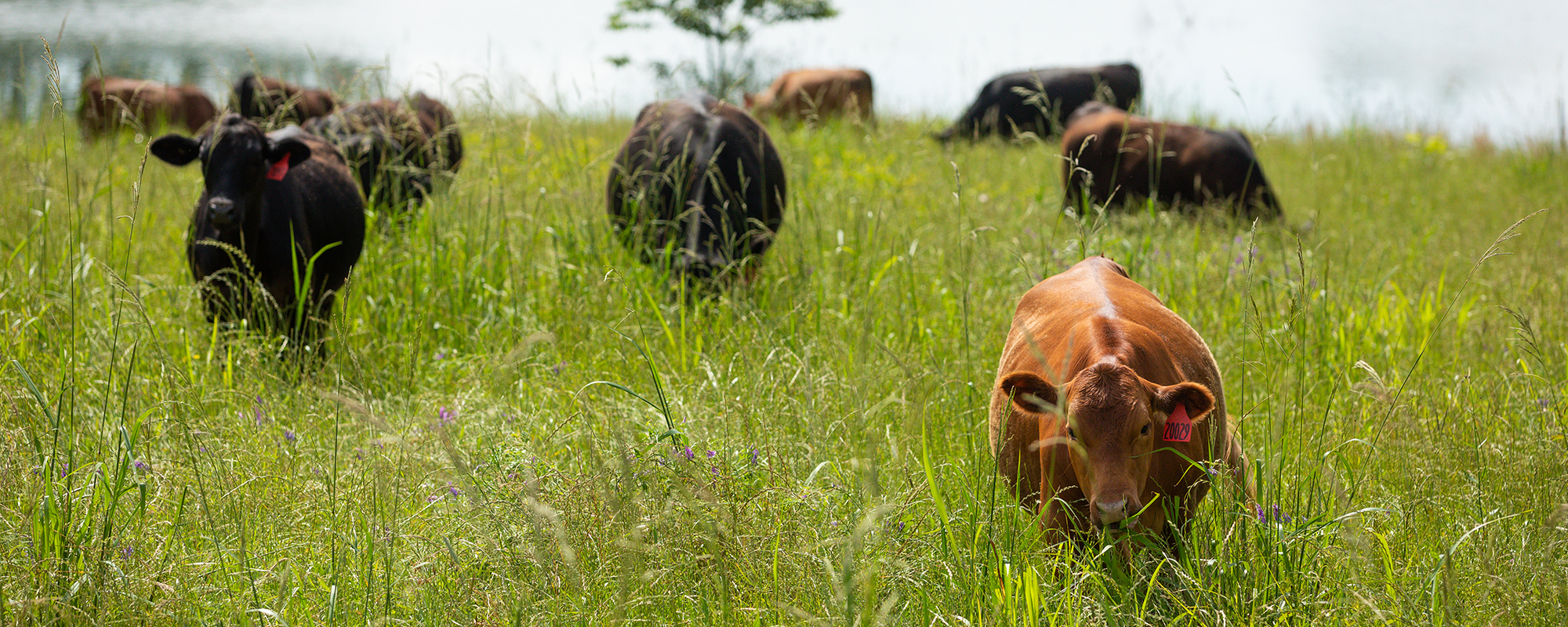
The educational program has been expanded to three new locations, empowering ranchers and farmers to monitor and improve the health of their land, livestock and livelihood through regenerative principles.
ARDMORE, OK–September 12, 2023 – Noble Research Institute announced the expansion of Essentials of Regenerative Ranching, a new educational program designed to help ranchers enhance and restore the land, making it more resilient and reaching livestock grazing goals through regenerative management. Essentials of Regenerative Ranching provides producers with practical tools, hands-on experience and guidance to make data-driven decisions to decrease costs and improve profit.
The Essentials of Regenerative Ranching course has been expanded to three new locations in Texas and Oklahoma. Registration is open now at www.noble.org/essentials. Seating is limited, so early registration is recommended.
Texas A&M
College Station, Texas
October 17 – 18
O.D. Butler, Jr. Animal Science Complex
Noble Research Institute
Ardmore, Oklahoma
October 31 – November 1
Pavilion Center
Texas A&M
Kingsville, Texas
November 7-8
Caesar Kleberg Wildlife Center
“Program participants gain working knowledge and experience of monitoring and improving the health of their soil, grazing livestock more strategically and making informed financial decisions,” said Hugh Aljoe, Noble Research Institute’s director of ranches, outreach and partnerships. “We use a mix of classroom and field work to send producers home with the tools they need to begin making changes on their ranch.”
Farmers and ranchers navigate uncertainty from weather, fluctuating market prices and escalating costs of inputs. Many producers are seeking new tools that offer greater control and reduce their operational uncertainty. Through this course, ranchers and farmers will calculate their financial situations, determine initial stocking rates, carrying capacity and grazing goals.
“The course is well-suited for ranchers of all experience levels and all types and sizes of operations,” Aljoe added. “No matter your situation, this program will transform the way you think about your ranch.”
The Essentials of Regenerative Ranching program allows producers to overcome obstacles, become more informed problem-solvers and increase the productivity of their grazing lands. By participating in this program, ranchers join a community of like-minded producers who are shaping the future of ranching and leaving a lasting impact on their land and families. “If I had known what I learned in this course when I started my regenerative journey, I could have avoided some key mistakes,” said Tana McCarter, a rancher, and Essentials attendee. “I left with the tools I needed to monitor my soil health and financial progress. I’ll now have the right data to make informed decisions on how to meet my regenerative goals.”
Noble Research Institute is an independent nonprofit agricultural research organization dedicated to guiding farmers and ranchers in applying regenerative principles that yield healthier soil, more productive grazing land, and business success.
At Noble, researchers, facilitators and ranch staff work together to share with farmers and ranchers the skills and tools to regenerate the land in a profitable manner. Noble is focused on the regenerative management of the nation’s grazing acres, which directly impacts pasture and range environments, wildlife, pecan production, and livestock production. Regenerative management recognizes that each decision made on the ranch impacts the interactions of the soil, plants, water, animals, economics and people. Noble’s 14,000 acres of working ranch lands provide a living laboratory on which to demonstrate and practice regenerative principles and ideas to deliver value to farmers and ranchers across the U.S.
-

 Country Lifestyles1 year ago
Country Lifestyles1 year agoScott & Stacey Schumacher: A Growth Mindset
-

 Equine7 months ago
Equine7 months agoThe Will to Win
-

 Country Lifestyles7 years ago
Country Lifestyles7 years agoStyle Your Profile – What your style cowboy hat says about you and new trends in 2017
-

 Country Lifestyles4 years ago
Country Lifestyles4 years agoAmber Crawford, Breakaway Roper
-

 HOME7 years ago
HOME7 years agoGrazing North Texas – Wilman Lovegrass
-

 Country Lifestyles7 years ago
Country Lifestyles7 years agoDecember 2016 Profile, Rusty Riddle – The Riddle Way
-

 Country Lifestyles8 years ago
Country Lifestyles8 years agoJune 2016 Profile – The man behind the mic: Bob Tallman
-

 Outdoor9 years ago
Outdoor9 years agoButtercup or Primrose?

